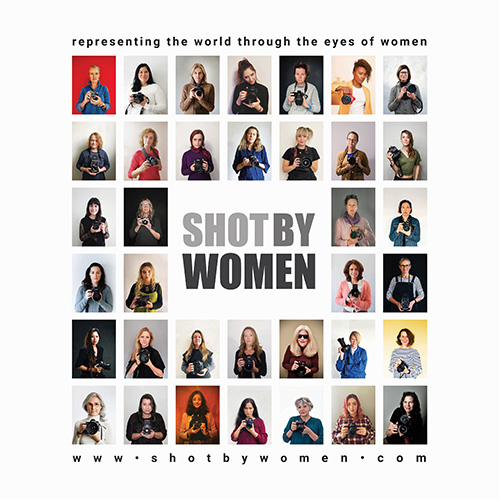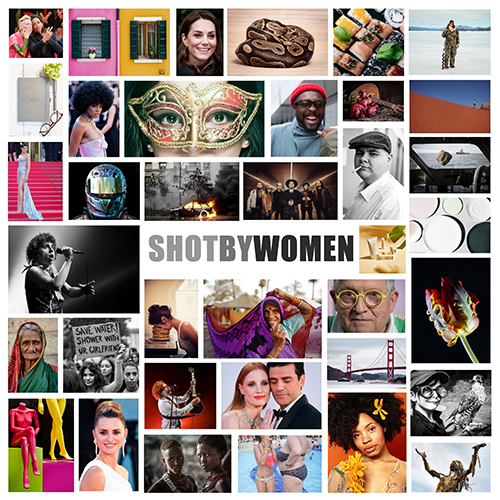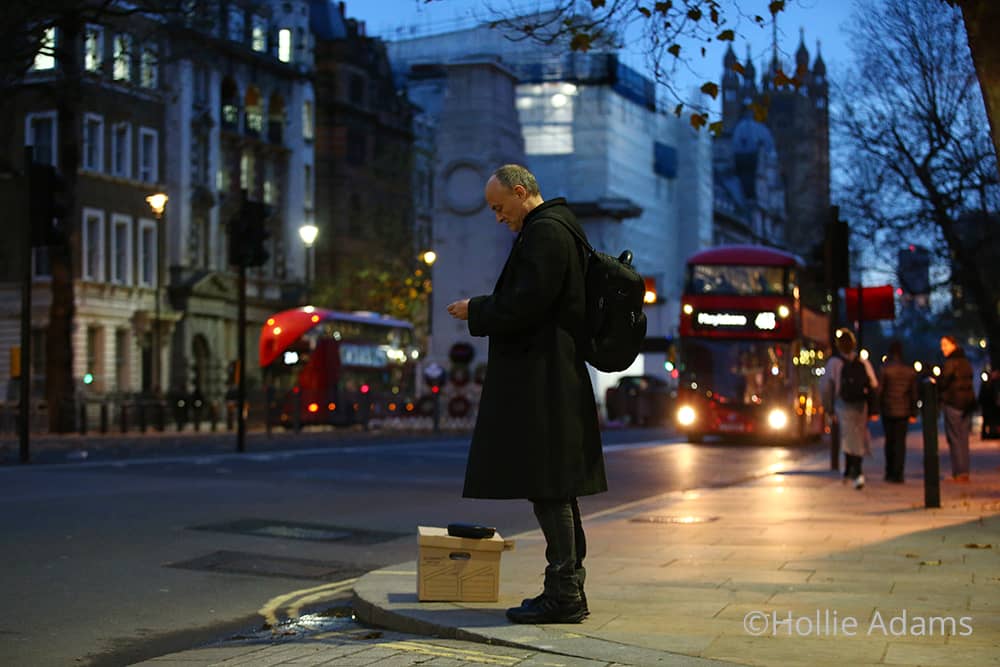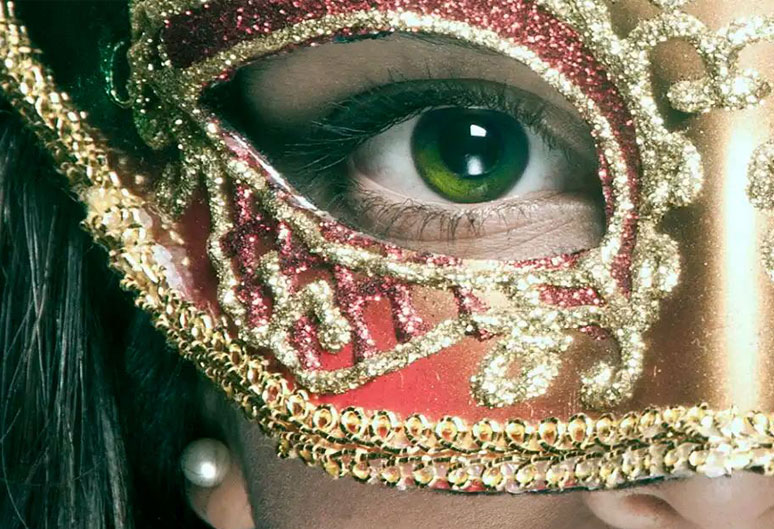Shot By Women, launching on International Women’s Day 2022, is a project dedicated to uplifting female press photographers and allowing them to gain recognition in the industry. It’s a new image library that women photographers around the world can sign up to, providing them with support and rights-managed distribution for their work.

And it works on the other side of the fence too – providing busy picture editors and newsdesks with a resource they can use to quickly and easily find women and feminine-of-centre photographers, worldwide. Someone who understands just how valuable this could potentially be is Olivia Harris.
Olivia spent just under five years working in pictures for The Times, rising through the ranks to become Saturday Picture Editor. She worked with news photographers every day to break the biggest stories with unforgettable imagery, and has also worked to redress the gender balance in the newsroom by commissioning and championing women photographers.
Women and non-binary people are significantly more represented in news photography than they have been in the past – however, as demonstrated in data collected by Women Photograph, there is still a long way to go before reaching parity, with the majority of front-page bylines still going to men. Shot By Women and projects like it are putting in the vital work needed to make news photography more representative of everyone’s experiences. We spoke to Olivia to find out more about the project…
Fixation: Thanks for talking with us, Olivia. Can you tell us about Shot by Women and how it all came together?
Olivia Harris: About a year ago, I put out a call-out on my personal Instagram, saying that I would really like to increase the number of female contributors that we were using at The Times. I’d looked down our freelancers list and realised that almost everyone we were regularly using on news were men. And, while obviously the guys we were using were dependable and fantastic, I found that fact really depressing.
So, I put out this callout, and thought it probably wouldn’t get much traction, maybe a couple of dozen responses.
I got thousands of messages. I had to turn off notifications on my Instagram because it was going off every second! It was quite overwhelming, and took me literally months to go through, but it was one of the best things I’ve done. I just loved it – loved seeing the enthusiasm, and talking to female freelancers who were desperately trying to break into news, but finding it really difficult, finding it to be quite a closed-off environment.
Off the back of that, Tabatha Fireman, founder of Female Perspective, messaged me, saying she was launching Shot By Women. Covid had previously kind of put a stop to it ramping up, but over the past year Tabatha has really propelled it forward, and it’s launching on International Women’s Day.
The plan for Shot By Women is to bridge that gap. I was hearing so often in the messages I was receiving how difficult it was to contact people on the desks – and yeah, having worked on the desks, it’s hard enough to talk to people on other desks in the same building! Shot By Women will hopefully make it a lot easier for people on both sides – for photographers to get in contact, be commissioned, and have their archive used through the agency side of things. That will be an amazing resource for them, to make sure that their work is being seen.
And through an entirely female perspective. At the moment when you go to a standard agency – Getty, for example – you can’t filter by gender of photographer. It will be a completely new concept, and will hopefully encourage the desks to really think about the bylines that they’re using. And then on the other side of it, from the commissioning perspective, it will make it super-easy for desks to go to a bank of hopefully hundreds, maybe even thousands, of photographers who have signed up to Shot By Women, and know that they can speak to one of the team and get exactly what they need. To know that what they’re commissioning will be shot by a woman – which, unless you know someone specifically, you can’t really do at the moment.

Fixation: The world of press photography is still very male-dominated. Why do you think press photography specifically has been so slow to change in this regard?
Olivia: It’s sad that there are so, so few women photographers in comparison. I think it’s also the nature of it being so competitive – and The Times is a prime example of this. Once you find a photographer that is trustworthy, and will do exactly what you want, when you have a business job that comes in at 9AM, and needs shooting at 2PM that day, you have to just get it done. You’re conditioned by the pressure and the editors and the expectations.
It’s only when you have a little bit more time that you are able to introduce those new voices and perspectives into the paper. So it needs work on both sides, I think – for women to really shout and push themselves forward, and then also for desks to be way more conscious about who they’re commissioning, and to think about how we can maybe try and balance it out a little bit more. It’s so desperately needed.
Fixation: In the messages you received after your callout, were there any things that women photographers said that particularly stayed with you?
Olivia: The overwhelming thing that I took from it was just the enthusiasm and the gratitude. Everyone was just saying, “Oh my god, someone’s actually thinking about this, and wanting to change it.”
Working on the desk is unrelenting. It’s ridiculously long days, very high pressure. And I think it’s so easy to just keep going without stopping and thinking, “Okay, how can we change this and how can we make it better?” I’m not criticising anyone, because I was one of those people. But I think that was the main thing I received from the call-out was just everyone being like, “Thank you so much for wanting to change something.”
Fixation: This conversation has definitely made me reflect on what a difficult and demanding job being a Picture Editor sounds like it must be.
Olivia: The adrenaline keeps you running. If you’re picture editing, there is a standard of anywhere between a 12-hour and 14-hour day. You have to see everything, you have to be aware of everything, and you have to love it. You really, really have to love it.
Fixation: Something I wanted to touch on was also that you were recently a curator for the British Press Photographers’ Association Assignments 2021 exhibition. We spoke to a few of the selected photographers – Samir Hussein, who took that fantastic shot of Stormzy at the Brits, and Hollie Adams, who captured the moment of Dominic Cummings leaving Downing Street. What was that experience like for you?
Olivia: That has been the highlight of my career so far. I absolutely loved it. I have a lot of thanks to go to Hollie – she was, I think, one of the people that put me forward to be one of the curators. It was an absolutely phenomenal experience – I mean, it’s just the dream. You get given… I think it was nearly 2,000 photos, and you have to whittle it down to your top 20, and then a reserve top 20, because there are going to be duplicates between the curators.
I did my first edit, and managed to get a great selection .. of about 300 amazing photos, and I had to keep going and going and going. I had given myself a couple of days off – I requested that from my manager, because I really needed the time. By the end of it, I was going slightly doolally, looking at the same photos over and over again. But it was amazing, and it was so great to go to the exhibition – I think I went three or four times – and see the collection up on the walls. It was a really nice collection, and was so diverse.

© Hollie Adams
Also, one of the highlights was meeting so many people. Working on the desk, I would speak to these people every day, or see their names in the feeds. But I hadn’t met any of them, ever. And so I was walking around the exhibition and constantly bumping into photographers and being like, “Oh, it’s you!”
I think it’s sad that there aren’t more opportunities to do that, because the relationships between photographers and desks are so important. I don’t think that they’re nurtured enough at all. And that kind of loops back to my call-out, because desks putting a bit more effort in and nurturing relationships with photographers – that’s how you get the most out of your commissions. And that’s how you get new voices in.
Olivia Harris was talking to Jon Stapley. You can find out more about Shot By Women at www.shotbywomen.com

